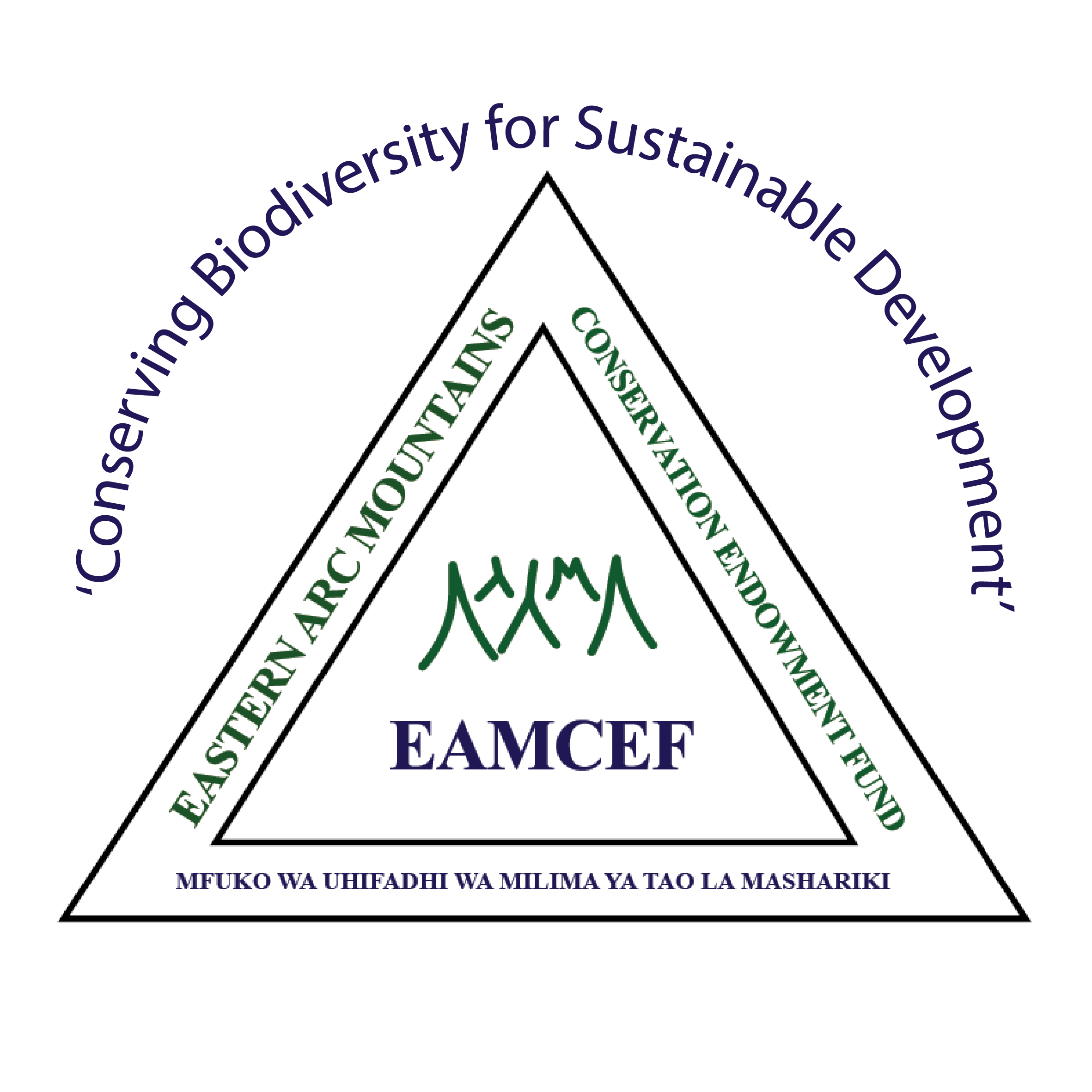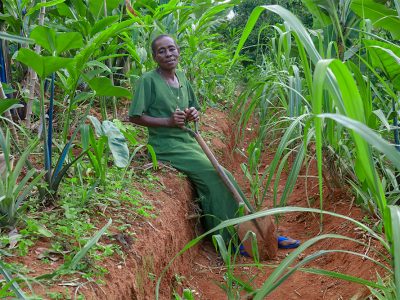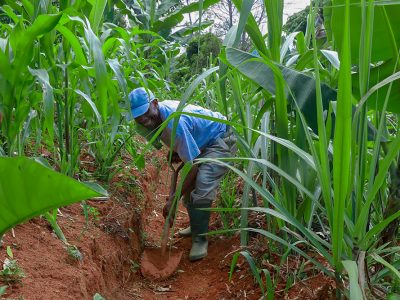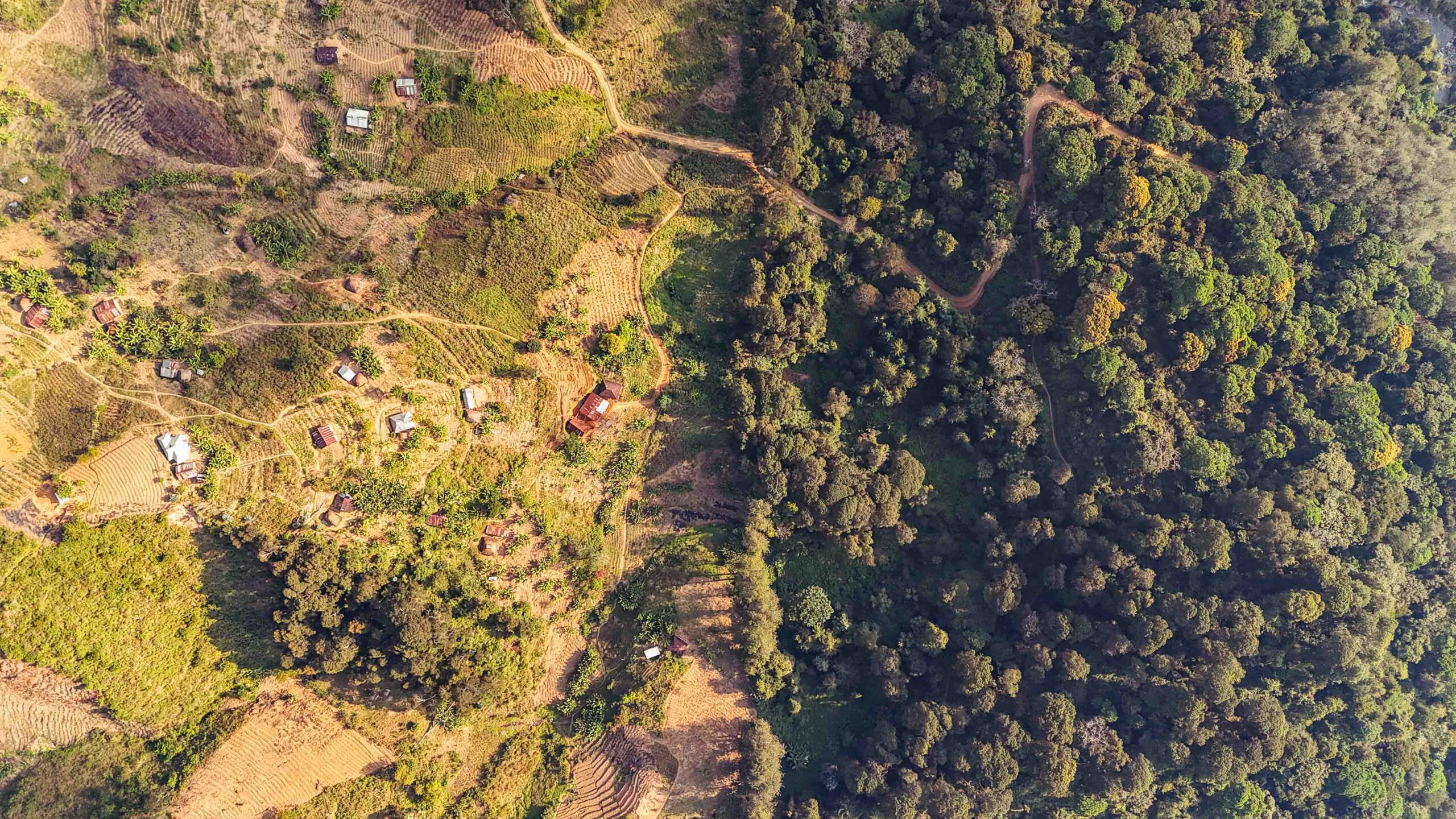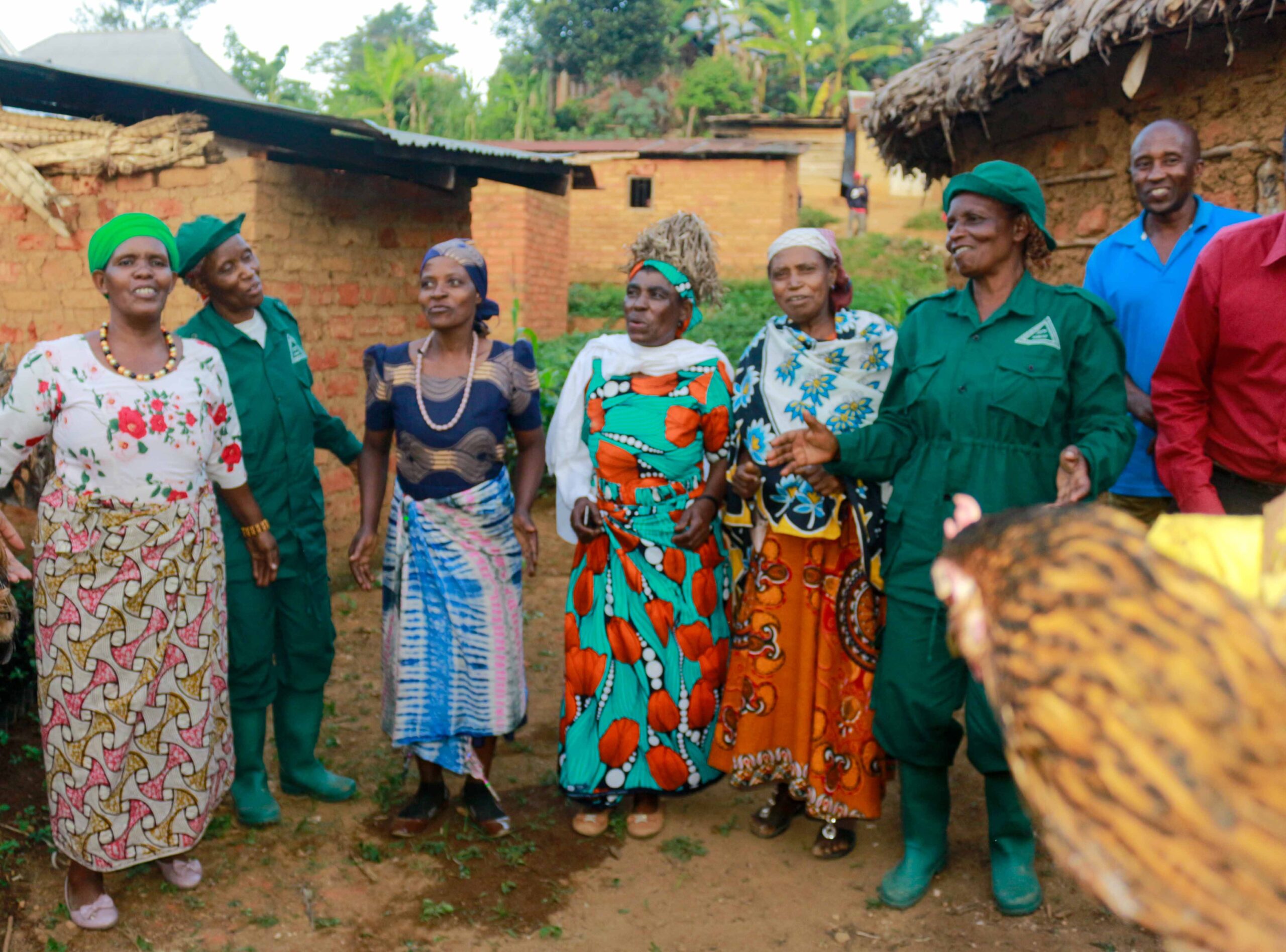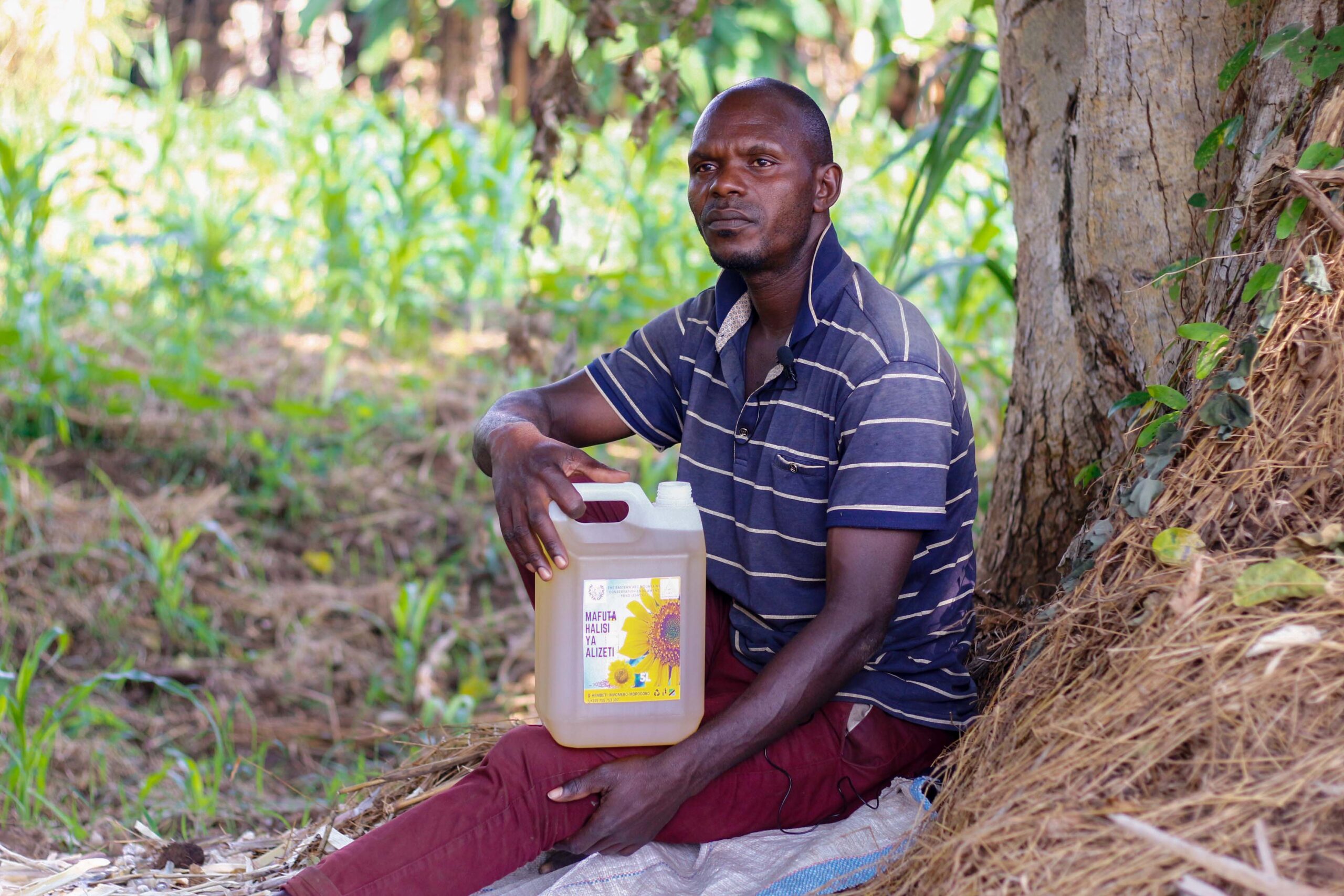Ecotourism infrastructure in the Eastern Arc Mountains has been significantly improved thanks to the efforts…

EAMCEF believes that, if local communities in Mbomole Village (Muheza District) are food secured, little degradation happens on forests, and vice versa. Food insecurity drive villagers to invade nearby forests in search for commercial timber, poles and wild meat so they can afford buying food for the families, or pay school fees. In this village, food insecurity is caused by inadequate harvests resulting from poor farming techniques on slopes of the village land. Since slopes cannot retain water for long time, most crops die, soil nutrients get washed away, soil erosion destroy crops resulting into poor harvests and food insecurity. In the state of food insecurity, the forests become the easiest victim, the free source of income. EAMCEF intervened through introduction of soil and water conservation techniques using bench terraces.
